
Baroness Anna Elisabeth Franziska Adolphine Wilhelmine Louise Maria von Droste zu Hülshoff, known as Annette von Droste-Hülshoff, was a 19th-century German poet, novelist, and composer of Classical music. She was also the author of the novella Die Judenbuche.
The Bach-Werke-Verzeichnis is a catalogue of compositions by Johann Sebastian Bach. It was first published in 1950, edited by Wolfgang Schmieder. The catalogue's second edition appeared in 1990. An abbreviated version of that second edition, known as BWV2a, was published in 1998.
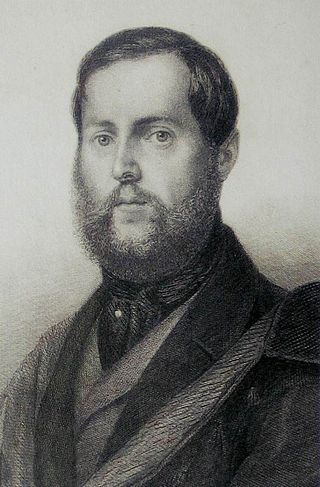
Levin Schücking was a German novelist. He was born near Meppen, Kingdom of Prussia, and died in Bad Pyrmont, German Empire. He was the uncle of Levin Ludwig Schücking.

Harald Vogel is a German organist, organologist, and author. He is a leading expert on Renaissance and Baroque keyboard music. He has been professor of organ at the University of the Arts Bremen since 1994.

Baron Joseph Maria Christoph von Lassberg was a German antiquary.

Michael Altenburg was a German theologian and composer.
There are 52 chorale cantatas by Johann Sebastian Bach surviving in at least one complete version. Around 40 of these were composed during his second year as Thomaskantor in Leipzig, which started after Trinity Sunday 4 June 1724, and form the backbone of his chorale cantata cycle. The eldest known cantata by Bach, an early version of Christ lag in Todes Banden, BWV 4, presumably written in 1707, was a chorale cantata. The last chorale cantata he wrote in his second year in Leipzig was Wie schön leuchtet der Morgenstern, BWV 1, first performed on Palm Sunday, 25 March 1725. In the ten years after that he wrote at least a dozen further chorale cantatas and other cantatas that were added to his chorale cantata cycle.

"Vom Himmel hoch, da komm ich her" is a hymn text relating to the Nativity of Jesus, written by Martin Luther in 1534. The hymn is most often sung to the melody, Zahn No. 346, which first appeared in a 1539 songbook and was probably also composed by Luther. This classic Christmas carol remains popular and has inspired many choral and organ works by other composers.
The Buxheim Organ Book is a manuscript created around 1460/1470 with 256 original compositions and arrangements for keyboard instruments for the Buxheim Charterhouse in Germany, in today's district of Unterallgäu. Most of the composers are anonymous, but some are also known composers of the time.

"Ein Heller und ein Batzen", also known by its chorus of "Heidi, heido, heida", is a German folk song. Written by Albert von Schlippenbach in the 1820s as a student drinking song, it later became a popular marching song in the Wehrmacht during the Second World War.
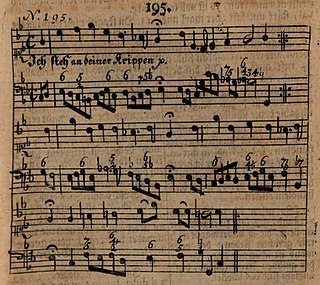
"Ich steh an deiner Krippen hier" is a German Christmas hymn, with lyrics by Paul Gerhardt which were first published in 1653. It was then sung with an older melody by Martin Luther, but a melody which was likely created by Johann Sebastian Bach for Schemellis Gesangbuch of 1736 is now part of current Protestant and Catholic hymnals.

The Responsories by the German composer Max Reger are 20 short settings of mostly biblical texts in English, to be used as responsories in Lutheran church services. Composed in 1911, they were first published in Philadelphia in 1914 as The Responsories.
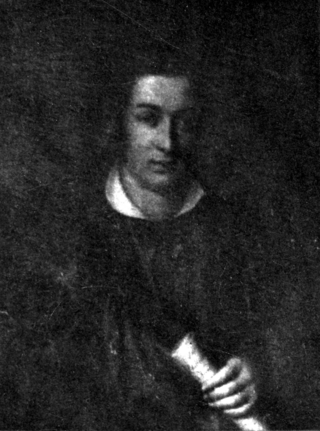
Friedrich Wilhelm Arnold was a German musician, music seller, publisher and folk-song collector.

Joseph Maria Müller-Blattau was a German musicologist and National Socialist cultural official. He is regarded as a "nestor of Saarbrücken musicology" but also as a "singer of a musical seizure of power" because of his activities in National Socialism.
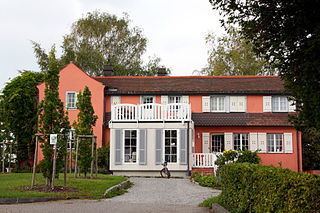
The Little House, also called the Prince's House (Fürstenhäusle), is a historic house and museum located in Meersburg, Germany, overlooking Lake Constance. It was the residence of the poet Annette von Droste-Hülshoff, to whom the museum is dedicated.

Konrad Ameln was a German hymnologist and musicologist, who wrote standard works about Protestant church music.
Martin Karl Woldemar Hasse was a German university lecturer, composer and music writer.
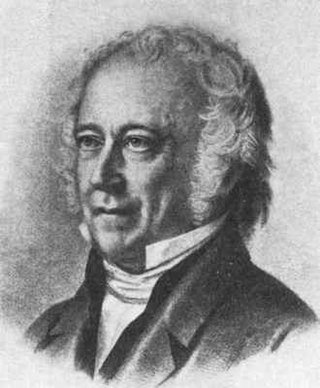
Carl Georg Vivigens von Winterfeld was a German lawyer and musicologist. He studied music from the 16th to 18th centuries, and was instrumental in reviving it, especially the music by Heinrich Schütz.

"Wenn ich ein Vöglein wär" is a German and Swiss folk song from the song book Des Knaben Wunderhorn.

















